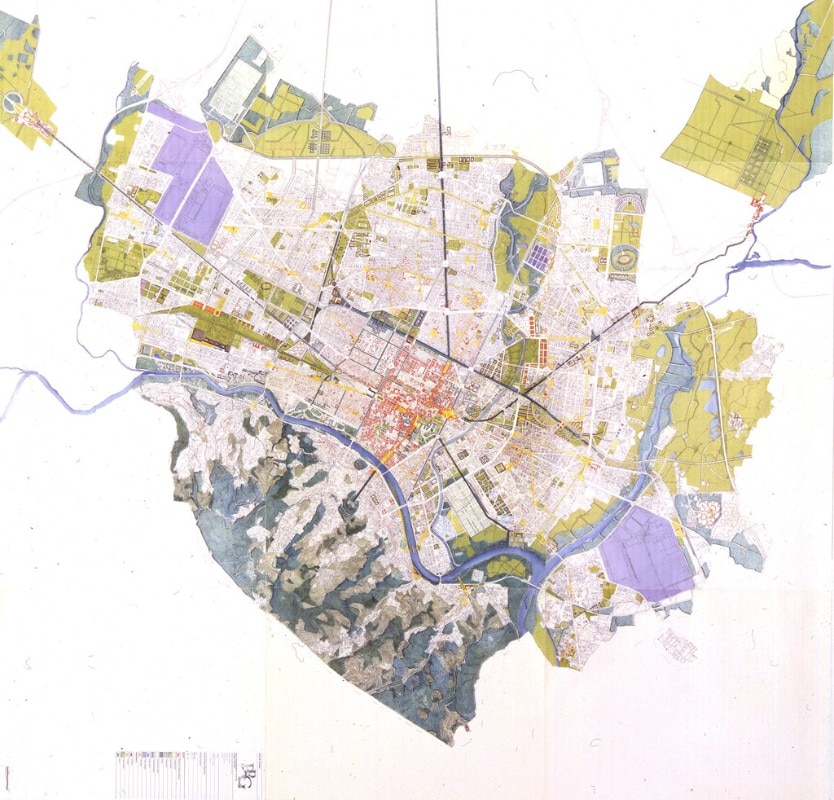“It will be a monumental edition”, Sergio Ricciardone announces, founder and creative director of C2C. Among the not-to-be-missed of 2022 according to the millennial music bible Pitchfork, C2C has been among the most popular music festivals in Europe for years. The names of hyper pop star Arca, techno gurus Autechre, British music golden boy Jamie XX and rising star Pa Salieu, along with an already cult Italian, Caterina Barbieri, stand out for the 20th anniversary edition. They will perform, as usual, on the first weekend of November in Turin, where the festival was born as Club to Club – we all insist on calling it by this name – for an edition that has already been sold out for quite some time.
Experimental, avant-garde, or rather “avant-pop” as it likes to call itself, the festival was the outcome of the success of club culture, but also of the long trail of Turin’s incredible creative fervor of the mid-1990s, Ricciardone explains. Those were years of the rebirth of a city that had realized Fiat could no longer be its main focus, that regenerated former industrial spaces “as places of art and freedom”, such as the Docks Dora – a warehouse complex in the northern suburbs once connected with the railroad – or the Murazzi – the landings on the western bank of the Po River, reinvented as a teeming anthill of small clubs. “It was an exciting Turin”, Ricciardone recalls, who chose it over London “because everything was easier and more sustainable”, much like post-Wall Berlin. And Club to Club “a music festival that was all about artistic avant-garde”, destined to grow year after year and to host stellar, unstoppable names as Aphex Twin and Thom Yorke. Moreover, it hosted Franco Battiato in 2014, “in an edition that somehow changed the course of the festival”.
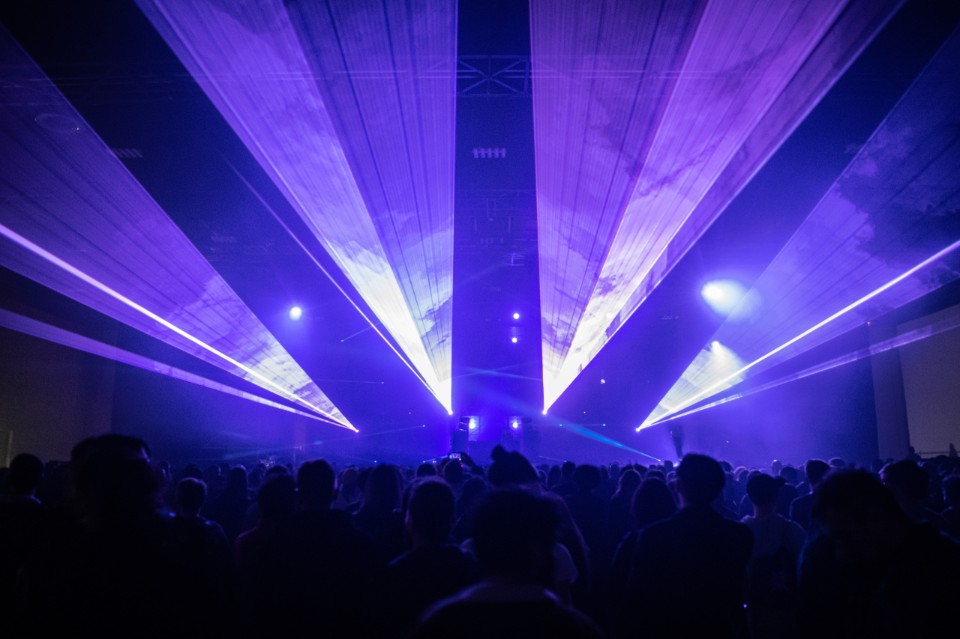
The new post-industrial Turin
In the middle of the bombastic 1990s, the Gregotti-Cagnardi – Turin’s new master plan – was made official after nearly a decade of work and incorporating more than 200 variations. It redesigns the city as the world will know it with the 2006 Winter Olympics – a culmination and at the same time symbolic end of line of the fervor of the city – with the placing of the underground railroad that reconnected two hitherto separate parts (the Spina Centrale), above all by reconsidering the great legacy left by an industrial phase that is now at an end of its run. The plan dribbles the utopia of converting the former heavy industrial heritage into new forms of productivity (see advanced tertiary and culture), but goes to meet the market: former factories are demolished to make room for new housing estates.
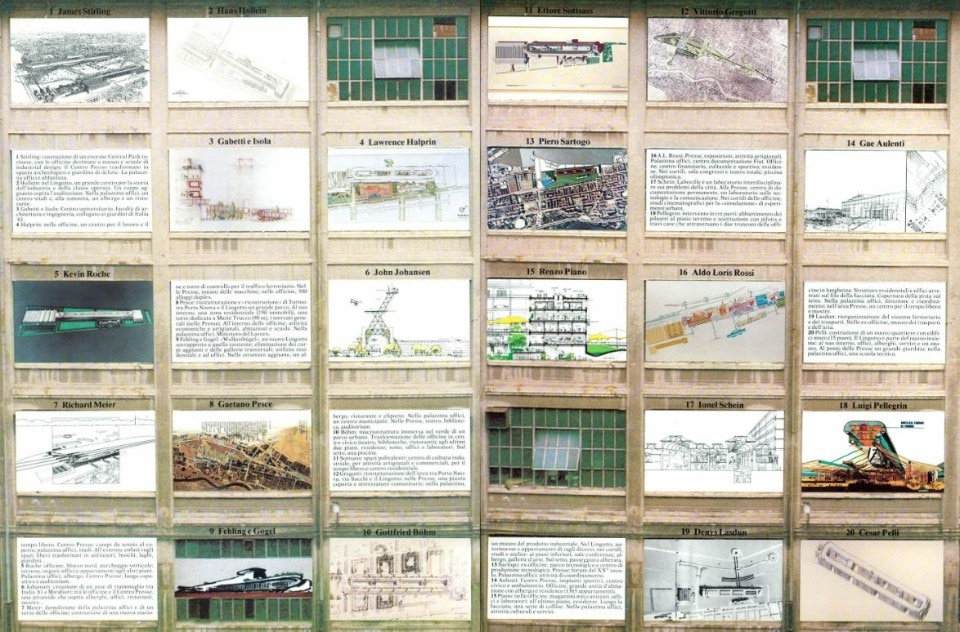
“This is not a city that knows how to reward its cultural avant-garde”, Luca Ballarini comments, who with Bellissimo curated Club to Club communication until 2016. For the past few years, he has been organizing a big city-making festival, Utopian Hours, with TorinoStratosferica. As a Turin resident, he remembers the city of the 1990s as “unexpected, psychedelic, a little bit Berlin”, and regrets that the charm of the industrial places was not captured: “it could be regenerated in a more virtuous way,” he sums up, perhaps by recovering of all the disused factories at least a small part, bringing out a multicultural space “linked to the magical part of the city”, that of the great architectures of industrial archaeology, which is missing today. Turin remains beautiful, Ballarini cuts to the chase. But it has built perhaps too much housing, considering also the demographic regression of the capital since the 1970s.
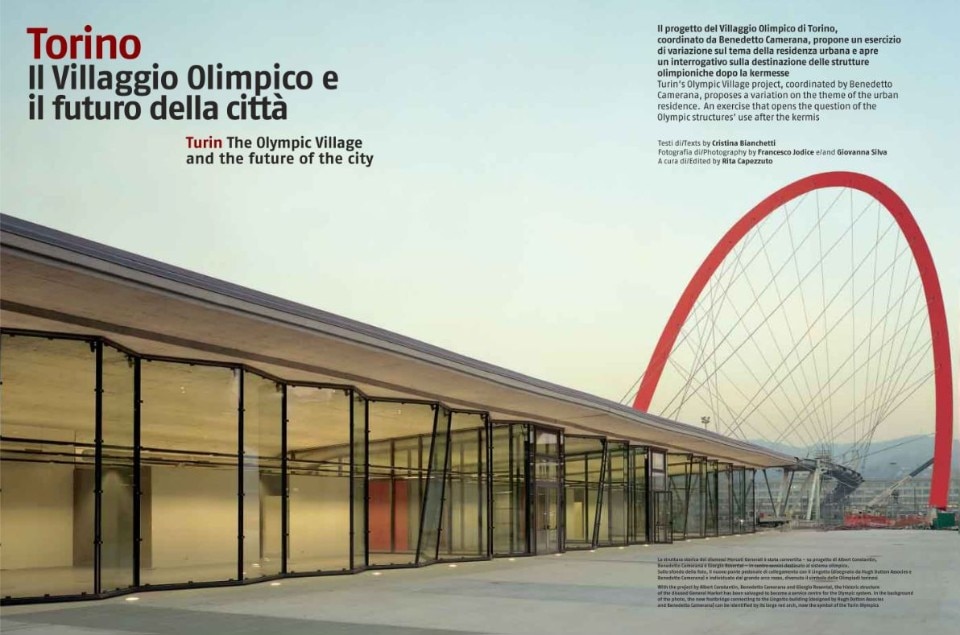
OGR and Lingotto, the cathedrals of Turin
Case in point is the Officine Grandi Riparazioni, an excellence in repair of trains until its closure in the early 1990s. Degradation came quickly. In the Gregotti-Cagnardi master plan it was sacrificed to recover its 20,000 square meters of floor surface. Placed between the posh area of Crocetta and the former manufacturing area of San Paolo, it is “a cathedral”, as it is called by photographer Daniele Ratti, who documented the restoration process that transformed it into a multifunctional space, which lasted a five-year period and cost the CRT Foundation about 100 million euros.
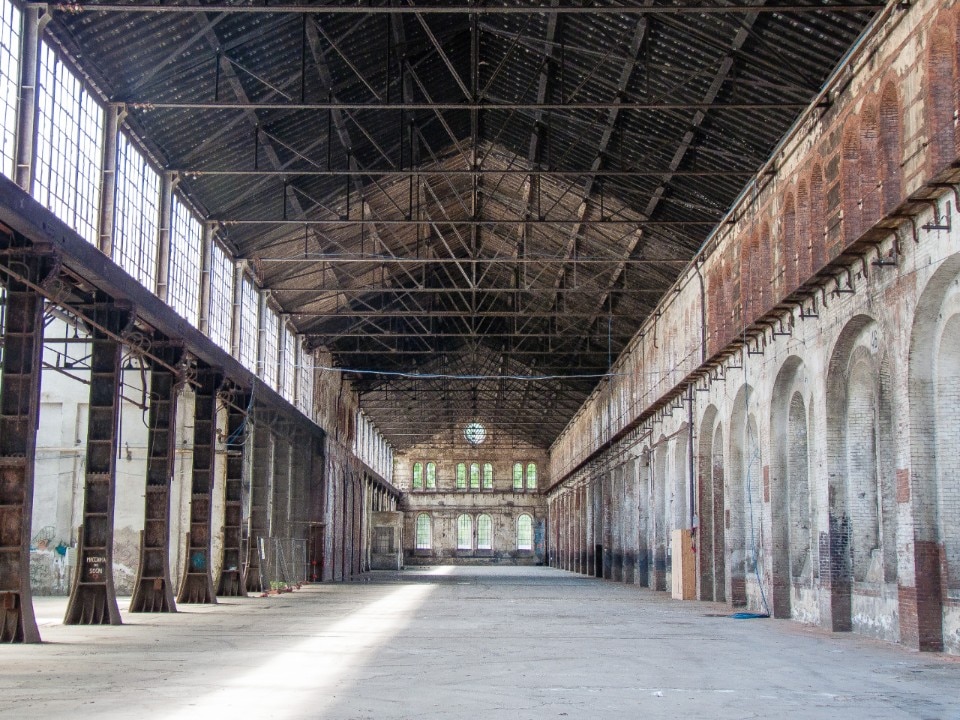
Today, that place “with a unique soul” is one of Turin’s excellences, a textbook case of restoring post-industrial archaeology – even if Ratti himself, with his background as an architect, remarks that a better layout would add more value to it. “But this is Turin, a city perpetually in understatement”.
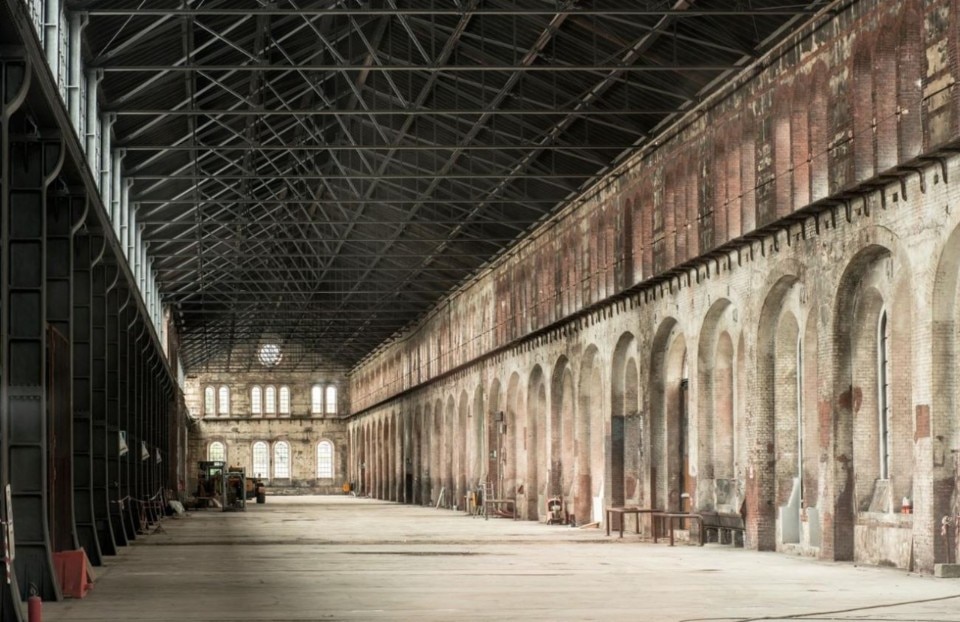
Since its opening in 2017, OGR has been among C2C’s locations. Another symbolic presence of Turin’s industrial archaeology is Lingotto, the exhibition center restored from the former large Fiat plant that was born in the wake of the Great War steel boom and had involuted into a “fossil shell” due to deindustrialization, as Domus called it in the mid-1980s, during the years when Renzo Piano was rethinking it: “whatever its final destination may be”, Reyner Banham prophetically wrote, “the Lingotto needs above all Metal! Gasoline! Noise! Smell! Proletarian Blasphemy” – also from Domus 651.
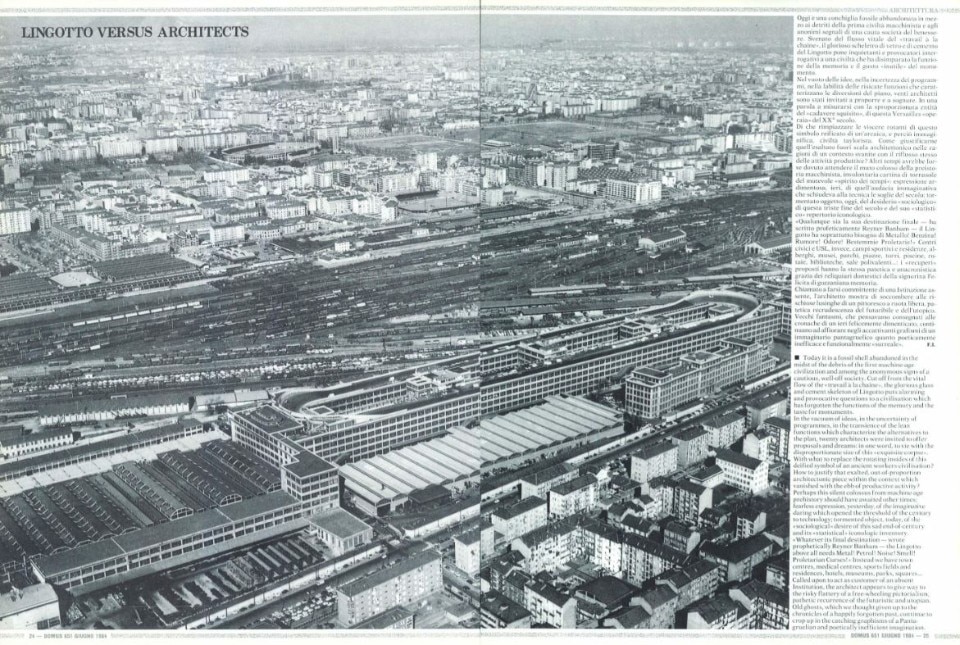
“Turin has three souls and the festival inhabits them all”, Ricciardone tells Domus: the regal dimension, that of the Savoy family, with spaces such as the Teatro Carignano or the Palace of Venaria; the contemporary dimension, such as Porta Palazzo, a melting pot close to the Dora River that hosts Europe’s largest market. And then precisely the post-industrial Turin.
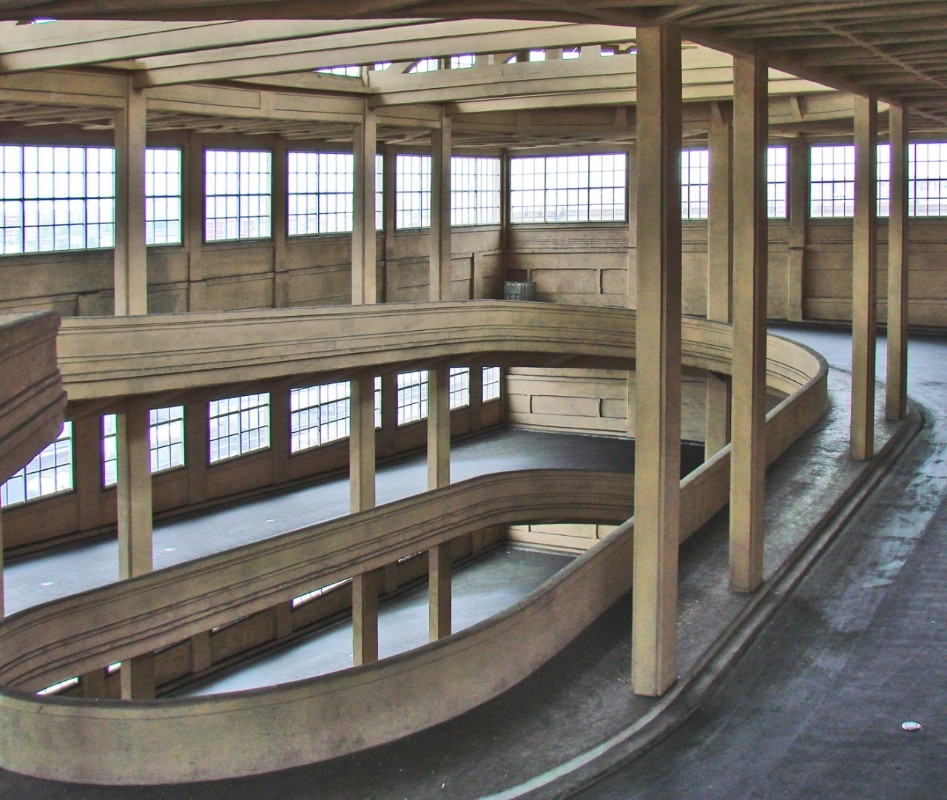
Turin as a widespread dancefloor
As indicated by its name, the festival was born in 2002 in clubs with a double edition. And the list of venues at the time (Barbar, Barcode, Jammin’) tells another archaeology, that of Turin’s clubbing scene. “They were not discos, but places of experimentation, a cultural instance”, Sergio Ricciardone explains, “an affirmation of its own identity, constantly in dialogue with a community”. Anticipating the global crisis of that system, Club to Club soon began to expand and vary, experimenting with location nomadism while broadening genres, integrating live acts alongside DJ sets. Trespassing at Fondazione Sandretto Re Rebaudengo, a landmark of contemporary art in Turin, or at Teatro Juvarra.
Losing the club from the name and finally becoming C2C – “where the C stands for many things, culture for example” – but the philosophy remains that of the beginnings, when “we imagined the city as a big dancefloor”, as Ricciardone crystallizes: a dancefloor for a community that will count 35,000 people this year. Italy’s largest indoor festival.
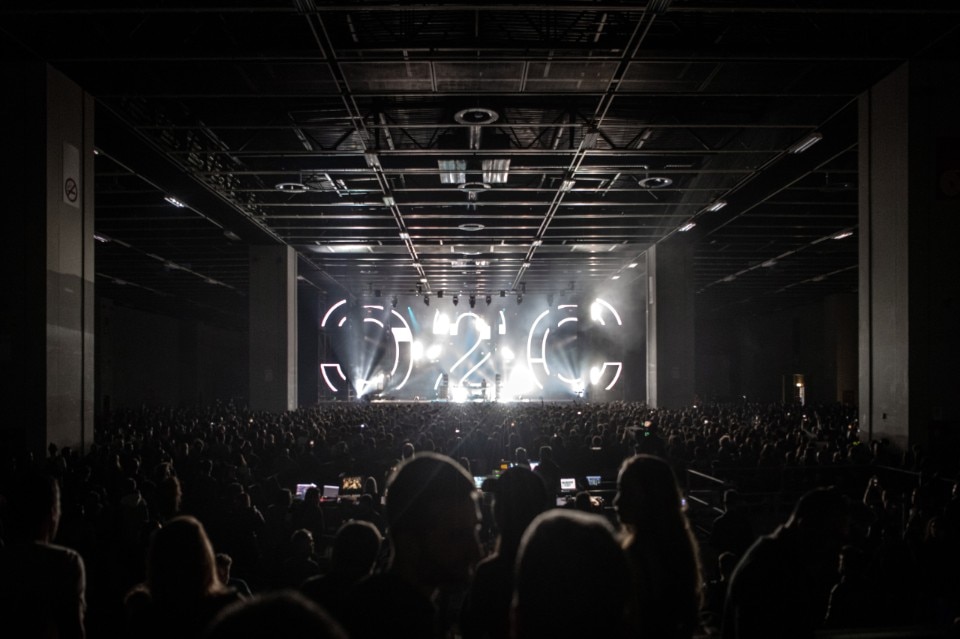
Turin and the others
Turin is a dancefloor: but not only that. Looking back over past editions, there is another aspect that immediately catches the eye: the continuous dialogue with other cities. Berlin, Barcelona, Brussels, Rotterdam host events and satellite editions of the festival. And then there is the twinning with Milan, which started in 2007 on the axis of a relationship that for centuries has shaped the identity of the two main cities in northern Italy, now a few tens of minutes away by high-speed train. Two cities “that should be seen as one”, is the provocation of Luca Ballarini, who cites the example of many twin metropolises and mentions the case of the Polytechnic, “which if it were one it would reach a stellar ranking”.
So close and yet so different: on the one hand, Milan, which after Expo has never stopped growing, and now is moving full speed ahead toward the 2026 Olympics; and on the other, Turin, which found its consecration twenty years earlier in the Olympics. “A city that is satisfied, that lives off its income”, Daniele Ratti explains, “a city that risks always being a ‘could have been’”. But it is also, the photographer continues, a city that has never been more beautiful, Turin, and livable and interesting. With an all in all low cost of living, an artist-friendly city, marked by world-class cultural moments such as the Salone del Libro or Artissima, the aforementioned Utopian Hours, by many music festivals – Kappa FuturFestival and Movement names to be mentioned for sure next to C2C – and by initiatives such as Paratissima, which allow to discover unexplored disused corners of the Piedmontese metropolis: such as prisons, slaughterhouses, barracks.
Towards a new identity
After the years of stop due to the pandemic, during which the festival was split into a series of smaller-scale events, this edition marks the grand comeback of C2C, which evolves its identity with a new logo, consisting of a winged figure “that will somehow replace the name of the festival itself”, Ricciardone explains. There will be two main locations – OGR, described as “a place of incredible beauty”, and Lingotto, which will come alive thanks to multidisciplinary installations and experiences, such as the one designed by Anonima Luci in collaboration with Parma’s BDC gallery.
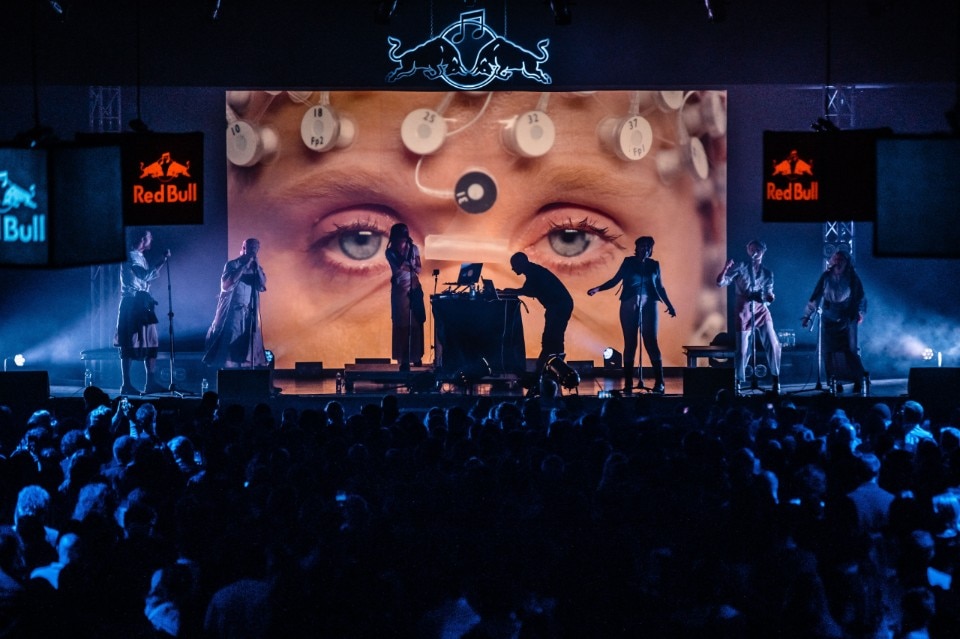
It is the new beginning of an event that has never stopped wanting to imagine itself as free as in the years when it was born. And the return to presence, for Ricciardone, is an important sign, concerning first and foremost the role of people’s bodies, “increasingly threatened by the metaverse, by our status as digital consumers”. It will never be just music, in short: that Turin is a city where the avant-garde is being built is a key concept Ricciardone stressed several times during our conversation. It is not a paradox, then, but a sign of a now-important history, that C2C is a “proudly analog” festival, in years when digitization, our collective uploading to the cloud, are almost taken for granted. Analog, also because it is inextricably linked to the city where it was born and to the identity of its places.
Opening image: Turin Municipal General Regulatory Plan, final design (approved 1995); structure diagram. © Gregotti Associates International. Courtesy MuseoTorino


